Quarterly Highlights from the Medicine and Life Sciences Research Communities
Published in Healthcare & Nursing, Cancer, and Protocols & Methods

During the second quarter of 2025, a range of blog posts from the Medicine and Life Sciences Communities attracted high numbers of readers. These posts span diverse topics, from ground-breaking advances in cancer immunotherapy and infant gut health, to collaborative efforts in improving RNA analysis and uncovering the wild origins of modern roses.
Many also reflect broader global themes, including sustainability, health equity, and support for the healthcare workforce.
In this roundup, we spotlight the standout stories that captured the readers’ attention the most.
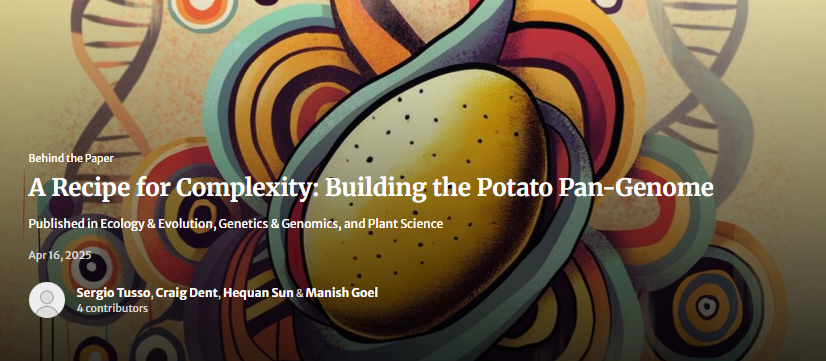
Building the Potato Pan-Genome
What started as a simple experiment with a humble vegetable turned into an eight-year scientific journey. When @Sergio Tusso, @Craig Dent, @Hequan Sun, and @Manish Goel picked the potato as a test case for genome sequencing, they had no idea what genetic complexity lay beneath the surface. This Behind the Paper post explores the frustrating false starts to unexpected breakthroughs, how the team navigated stubborn genomes, the sleepless calls across time zones, and a never-ending stream of ‘just one more update.’ The results, published in Nature, was a first-of-its-kind potato pan-genome with surprising insights into the vegetable’s diversity, domestication, and breeding. To find out how they pulled it off (and nearly lost their minds in the process), read the full post here.

Most U.S. Babies Lack Key Gut Bacteria, Increasing Risk for Chronic Health Issues
Why are so many children developing chronic illnesses so young? Could the answer lie in their guts? That’s the key question behind the My Baby Biome study by @Stephanie Culler. This research, published in Communications Biology , explains a ground-breaking investigation into the infant microbiome and its link to long-term health. This research reveals startling gaps in babies’ gut bacteria, with 9 in 10 infants missing a microbe essential for immune development. Discover how how gut bacteria impact the risk of developing allergies and asthma, and how this research could reshape the future of paediatric health by reading this Behind the Paper post.
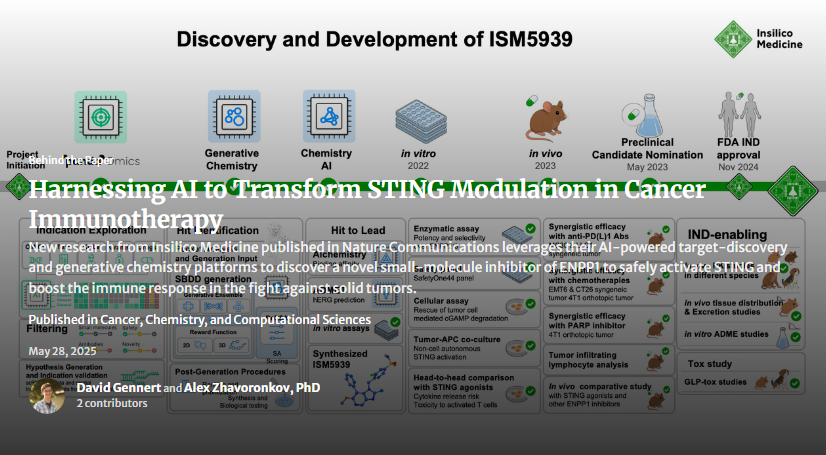
Harnessing AI in Cancer Immunotherapy
How do you safely activate one of the immune system’s most powerful cancer-fighting pathways without triggering dangerous side effects? In their Behind the Paper post, @David Gennert and @Alex Zhavoronkov, PhD and team unveil how they identified a specific immune checkpoint across solid tumours and designed a novel, AI-generated inhibitor that reawakens anti-tumour immunity from within. This inhibitor works locally, avoids systemic toxicity, and shows promise in tough-to-treat cancers like triple-negative breast and colorectal cancer. Published in Nature Communications, this new approach could finally overcome the safety hurdles that have held some therapies back and marks a major milestone in AI-driven drug discovery. What normally takes years, the team achieved in months. Explore the full story to find out how.
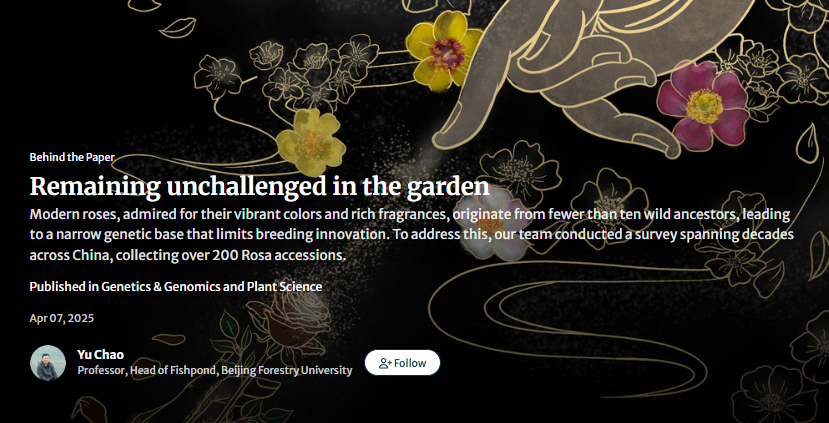
Remaining Unchallenged in the Garden
Modern roses are icons of beauty, but they are descended from just a handful of wild ancestors. Because of this, roses now face a genetic bottleneck that prevents breeding for traits like disease resistance and new colours. In this Behind the Paper post , @Yu Chao looks at the wild Rosa species of China, home to nearly half of the world’s wild rose diversity, to unlock untapped genetic potential. After decades of exploration across deserts, mountains, and meadows, the team collected and classified over 200 wild accessions, clarified longstanding taxonomic confusion, and uncovered the evolutionary roots of the rose. Their work, published in Nature Plants, describes three new species, dozens of promising candidates for breeding, and lays the foundation for a new era in rose cultivation. Read the full story.

A Collaborative Effort Towards New Insights in Blood Plasma RNA Profiling
What began as a whiteboard brainstorm for @Annelien Morlion and @Anneleen Decock, turned into one of the most comprehensive studies ever on the impact of blood collection and processing variables on extracellular RNA. This work involved evaluating 10 tubes, 8 kits, 3 time intervals, and generating over 11 billion sequencing reads. The results, published in Nature Communications, uncovered how subtle combinations of factors can significantly affect RNA quality and analysis. This Behind the Paper post explains how this work is about more than just protocols - it’s a blueprint for collaboration which might reshape RNA biomarker research.

International Nurses Day 2025
Every 12th May, the world marks International Nurses Day, celebrating the vital contributions of nurses and honouring Florence Nightingale, a social reformer, statistician and the founder of modern nursing. This year’s theme focuses on nurses’ health and well-being, aligning with SDG 3: ensuring healthy lives for all. To support this, @Lisa Hodgkinson highlights key books and research on topics like workplace wellness, ethical challenges, bullying in healthcare, and innovative nursing models. Explore insights into nurse-led clinics, mental health support, and the power of mentorship through storytelling. Join us in recognizing the impact of nurses worldwide and discover resources that help strengthen and support the profession.
Further Reading
There is always an abundance of amazing research stories being showcased on the Research Communities. To explore more, visit the Behind the Paper channel and learn what thoughts and ideas go on behind the scenes of research projects.
Check out the monthly roundups and quarterly highlights from other research areas:
The ECR Hub is now Live!
The ECR Hub is a space designed especially for early career researchers (ECRs) across all disciplines to connect, explore resources, and engage in conversations relevant to the stage of their research career journey. It brings together content, discussion, and opportunities from across Springer Nature and beyond, all tailored to the needs of those in the first 10 years of their careers.
You can follow the ECR hub today and help make it a vibrant, practical, and inspiring space for early career researchers.
Don’t forget to like and start conversations in the comment section of the posts you enjoy. Is there more you would like to learn from the author? Let them know in the comments!
Follow the Topic
-
Communications Biology

An open access journal from Nature Portfolio publishing high-quality research, reviews and commentary in all areas of the biological sciences, representing significant advances and bringing new biological insight to a specialized area of research.
-
Nature

A weekly international journal publishing the finest peer-reviewed research in all fields of science and technology on the basis of its originality, importance, interdisciplinary interest, timeliness, accessibility, elegance and surprising conclusions.
-
Nature Communications

An open access, multidisciplinary journal dedicated to publishing high-quality research in all areas of the biological, health, physical, chemical and Earth sciences.
-
Nature Plants

An online-only, monthly journal publishing the best research on plants — from their evolution, development, metabolism and environmental interactions to their societal significance.
Related Collections
With Collections, you can get published faster and increase your visibility.
Women's Health
Publishing Model: Hybrid
Deadline: Ongoing
Advances in neurodegenerative diseases
Publishing Model: Hybrid
Deadline: Dec 24, 2025
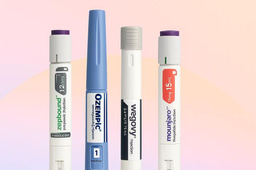
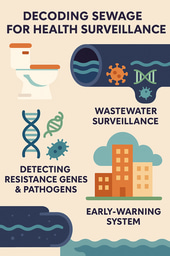


Please sign in or register for FREE
If you are a registered user on Research Communities by Springer Nature, please sign in